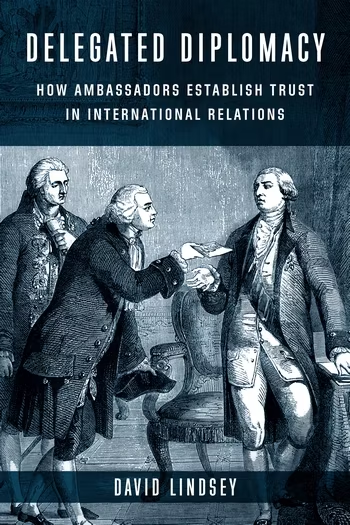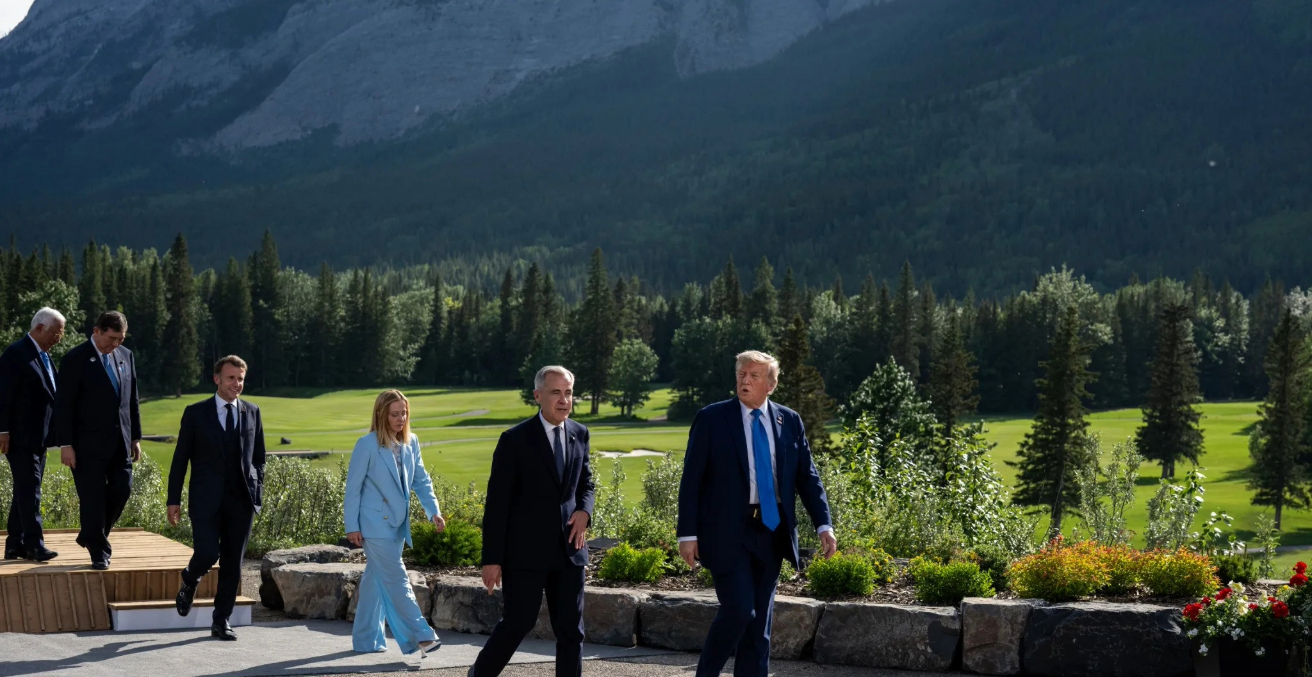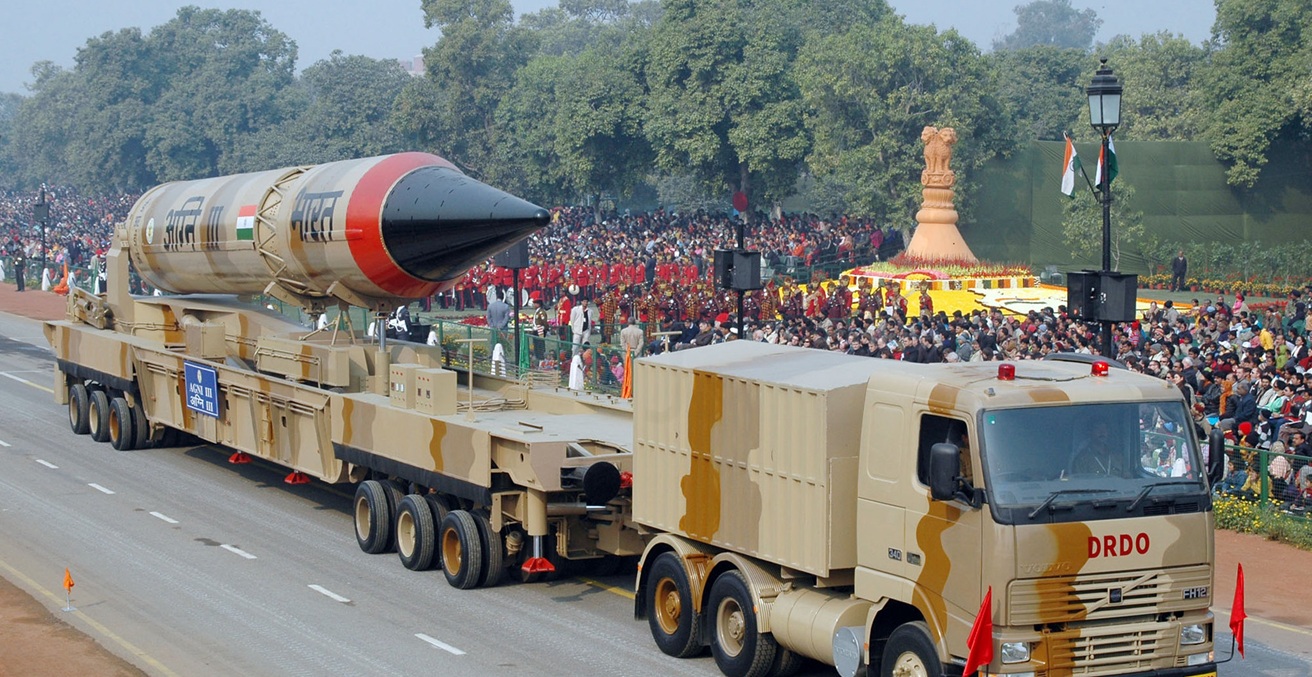Honduran president-elect Xiomara Castro will take office on 27 January 2022. Her victory offers hope in a country beleaguered by violence and corruption — and tells a familiar story about how women win.
No Latin American country has elected a female president since 2014, when Chile’s Michelle Bachelet and Brazil’s Dilma Rousseff won their second terms. At one point, Bachelet and Rousseff led alongside two other women: Laura Chinchilla in Costa Rica and Cristina Fernández de Kirchner in Argentina. But the tides turned swiftly. A region once celebrated for shattering political glass ceilings then impeached Rousseff and spurned viable women contenders, from Keiko Fujimori in Peru to Sandra Torres in Guatemala.
Castro’s victory thus offers hope that Latin America’s tendency to elect women presidents was not just a passing fad. Yet her ascendency also underscores that women’s success is not random. Rather, it results from contexts that make parties and voters more open to women candidates.
Electing Women Presidents During Good Times
Bachelet, Chinchilla, Fernández, and Rousseff all came to power during Latin America’s so-called “Pink Tide” — a period between 1998 and 2016, when 11 of the 18 Spanish and Portuguese-speaking countries elected left-wing presidents. Though Chinchilla was not of the left wing, all four women ran for incumbent parties in periods where the outgoing male president enjoyed favourable approval ratings.
The region was also enjoying good times. Aflush with resources thanks to the commodities boom, left and right-wing governments alike expanded social protections for workers, the poor, indigenous peoples, LGBTQ+ people, and women. Voters rewarded incumbent parties, to the benefit of female candidates.
Yet the good times did not last. In the mid-2010s, economic progress slowed, security concerns increased, citizens became frustrated and distrustful, and political parties fragmented. Voters lost faith in the traditional parties and turned toward the right.
Some right-wing presidents — like Sebastián Piñera in Chile and Mauricio Macri in Argentina — were business elites, running on the usual platforms of less social spending and more fiscal responsibility. Others, like Jair Bolsonaro in Brazil, took pages from Donald Trump’s playbook, spewing xenophobia and misogyny and governing chaotically. Women can and do run as right-wing populists (Marine Le Pen in France, for instance), but leadership styles premised on hypermasculinity made the presidency less accessible to women candidates.
Castro Comes to Power
Castro’s victory comes at a time when Latin America seems to be swinging left yet again. Castro herself founded and leads a leftist party, and she campaigned on promises of social investment.
Such investment is sorely needed. More than 66 percent of Hondurans live in poverty, gang violence is widespread, and corruption is the norm. The outgoing president, Juan Orlando Hernández, is sure to be indicted by a New York federal court for drug trafficking. His brother, found guilty of smuggling cocaine by the same court two years ago, was sentenced to life in prison in April.
Castro’s activist credentials made her a good bet for voters seeking a fresh start. She is the spouse of former president Manuel Zelaya. A self-proclaimed democratic-socialist, Zelaya invested in ending poverty, but his alliance with then-Venezuelan President Hugo Chávez raised alarm. Zelaya was deposed in a right-wing coup in 2009, and Castro led the protests against his ousting.
Through this process, Castro founded her own party and ran unsuccessfully for president in 2013 — while growing into a politician in her own right. Opponents have tried to paint her as a radical socialist, but Castro ran a big-tent campaign that included outreach to the business sector, prioritising economic growth alongside social protection.
Castro’s political origins mean she departs from the pattern indicated by her recent predecessors. Bachelet, Chinchilla, Fernández, and Rousseff were all career politicians who steadily worked their way through the ranks (though Fernández, too, was a former first lady). Castro clearly represents change in a country exhausted by graft and insecurity, not the continuation of good times.
Women Presidents Signal a Fresh Start
However, voters’ support for women in contexts marked by crisis represents another, familiar gendered pattern: the association between women and political renewal. My research with Magda Hinojosa and Kendall Funk has shown that Latin American political parties nominate more women as voters become increasingly distrustful of political parties and the legislature. This work looked at legislative candidates, but Catherine Reyes-Housholder and Gwynn Thomas have shown that parties choose women presidential candidates under similar conditions of “representational malaise.” As the group traditionally excluded from political power, women often signal a fresh start and then repudiation of corrupt elites, making them more attractive candidates.
And Castro is not the only woman to fit this mold. The first elected woman president in Latin America was Nicaragua’s Violeta Chamorro, chosen in 1990 as the country emerged from a gruelling 11-year civil war. Chamorro’s husband was Pedro Joaquín Chamorro, the jailed, exiled, and ultimately assassinated newspaper empresario who spoke against the dictatorship. Famously, Chamorro campaigned all in white, a symbol of peace and healing.
Gendered Pathways to Power
These gendered dimensions mean political equality is still far off. Men become presidents and prime ministers all the time. They don’t need to be anointed successors to popular incumbents or saviours to countries wracked by crisis in order to win the highest political office.
The expectation that women will bring their allegedly greater morality to their posts can also backfire dramatically. Rousseff was impeached for using monies from state banks to fund public spending, a dodgy accounting manoeuvre long practiced by Brazilian presidents, governors, and mayors. Tellingly, Rousseff’s male successor survived an impeachment effort despite facing far more serious charges, including bribery and racketeering.
With these double standards at play, Castro embarks upon a tough road. Honduras faces many challenges for which voters may expect a stereotypically feminine touch, from addressing food insecurity to ending attacks on environmental activists. As the first woman president of Honduras, Castro’s legacy will not just be her own, but will be attached to any woman who comes after her.
Of course, Honduran voters could break the cycle of gendered expectations, holding Castro to the same standards they would any other politician. That would be an even more impressive achievement.
Jennifer M. Piscopo is Associate Professor of Politics and Director of the Center for Research and Scholarship at Occidental College in Los Angeles, CA. She publishes widely on women and electoral politics in Latin America, the United States, and the globe. Her commentary and analysis have appeared in The Washington Post, The New York Times, The Smithsonian Magazine, and Ms. Magazine, among others.
This article is published under a Creative Commons License and may be republished with attribution.




